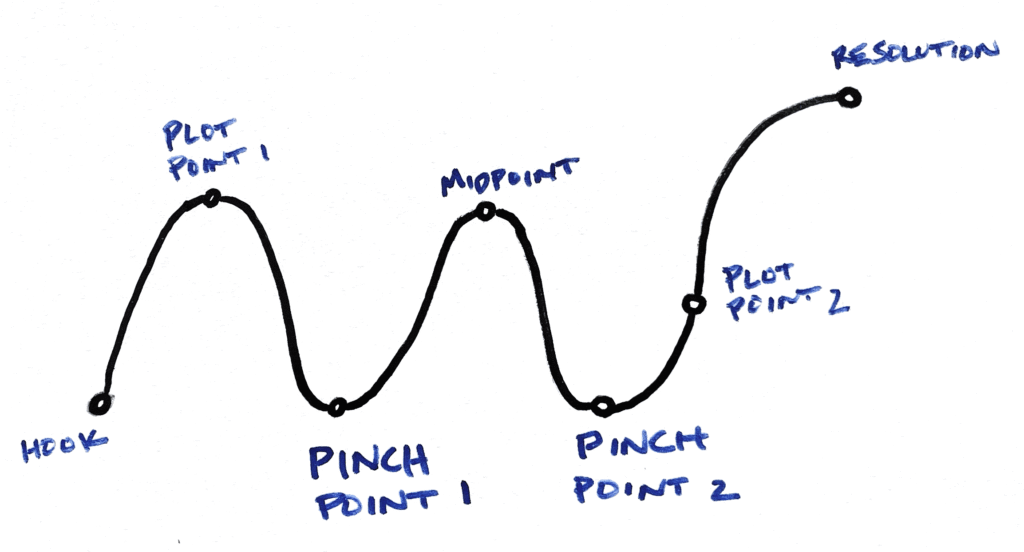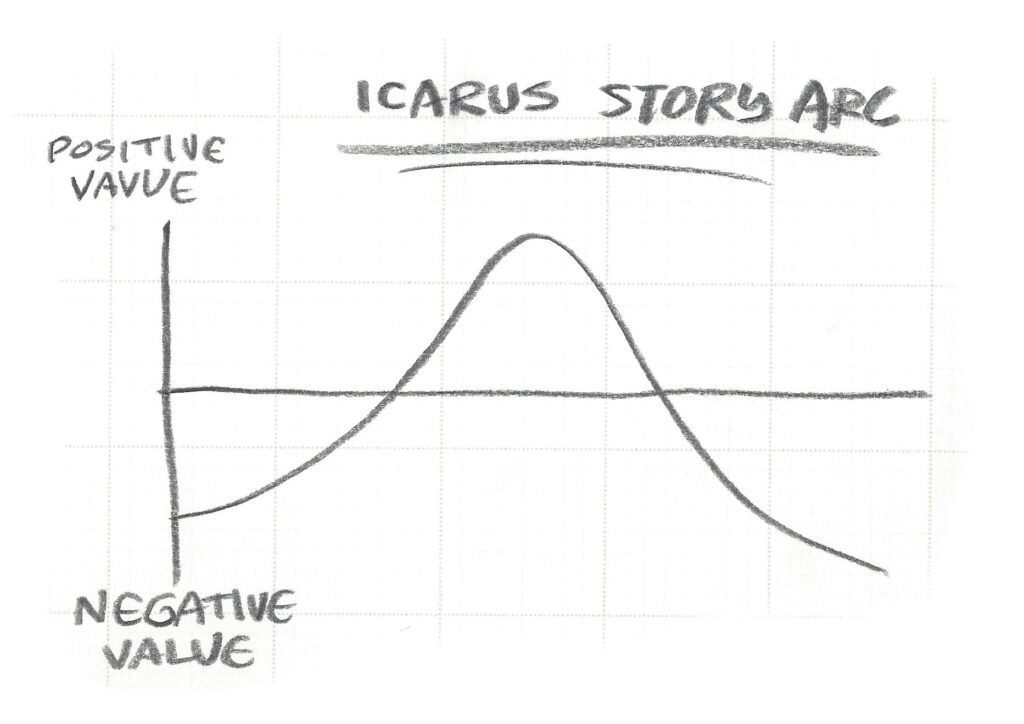Imagine your favorite movie or novel without a clear beginning, no rising tension, and a resolution that leaves you unsatisfied. At its heart, every captivating story follows a blueprint—a series of pivotal moments that guide characters on transformative journeys. Whether you’re drafting your first short story or outlining an epic novel, understanding these key plot points can be the secret ingredient to making your narrative resonate.
In the world of storytelling, plot isn’t just a random collection of events—it’s the structured heartbeat that propels your characters from an ordinary life into an extraordinary adventure. Over time, writers and theorists have mapped out patterns that repeat themselves in great stories across history, from Aristotle’s early observations to modern frameworks used in screenplays and novels alike.
Below, we explore the six fundamental plot points every story needs, along with a look at a few additional moments that can enrich your narrative.
1. Exposition: Setting the Stage
Every journey begins at the starting line. The exposition is where you introduce your characters, establish the setting, and lay down the tone. Think of it as the scene-setting part of your story—it’s the calm before the storm. In these early moments, readers meet the protagonists and get a feel for the world they inhabit. The goal here is not action, but rather immersion: offer enough detail to ground the narrative without revealing the twists to come.
2. Inciting Incident: The Catalyst for Change
Then comes the spark—a disruptive event that shatters the status quo. The inciting incident forces your characters out of their normal routine and sets the plot in motion. It’s an unexpected challenge that the protagonist cannot ignore and must confront, even if it’s not of their own choosing. This moment carries weight because it introduces a conflict that will ripple throughout the story, compelling your characters to respond in ways that will define their journey.
Consider the classic “meet-cute” in a romance, or the sudden disaster in an adventure story. Though the events differ by genre, the purpose remains the same: to initiate change and signal that life as it was will never be the same.
3. Rising Action: Complications and Choices
With the inciting incident in play, the story ramps up through a series of challenging complications. This is the rising action—a sequence of events that deepens conflict and tests your characters’ resolve. Here, they face increasingly difficult decisions and obstacles. Each new challenge forces the protagonist further from their comfort zone, intensifying the narrative tension and setting the stage for a critical turning point.
The rising action is where you let your characters evolve. Their reactions to setbacks and hard choices gradually reveal their true nature, weaving complexity into the character arc and the overall plot.
4. Dilemma: The Moment of Truth
At some point, your protagonist will confront an impossible choice—a dilemma that represents the crux of their conflict. This is the narrative’s fulcrum: a pivotal moment where they must decide between two challenging paths. The dilemma is not just a plot device; it is the heartbeat of the story that propels the character toward transformation. Without this moment of crucible, the tension would lose its edge, leaving the narrative floundering without direction.
This turning point is critical: it’s where action is forced, and the consequences of past choices converge in one dramatic moment.
5. Climax: The High Point of Drama
Following the dilemma, the story surges toward its peak: the climax. This is the scene of ultimate confrontation, where the character’s choice culminates in action and the stakes are at their highest. The climax is where you answer the questions posed by the narrative, delivering a moment of catharsis and change. Whether it’s a battle, an emotional breakthrough, or a life-altering decision, the climax is the moment your readers have been waiting for—the point where the character’s journey reaches its zenith.
6. Denouement: Tying Up Loose Ends
Finally, after the dust of the climax settles, the denouement offers closure. This is the wrapping up of the story, where the aftermath of the climax is revealed and the new status quo is established. The denouement might be brief—just a few scenes or paragraphs—yet it serves the important role of answering lingering questions and showing how the characters’ lives have been transformed. It’s the final handshake between your story and your reader, leaving them with a clear sense of resolution.

Beyond the Basics: Additional Plot Points
While these six elements form the backbone of most narratives, seasoned writers often employ additional plot points to add depth:
- Point of No Return: Right after the first act’s climax, the protagonist faces irreversible change—there’s no turning back. This threshold marks the full commitment to the journey ahead.
- Midpoint (Mirror Moment): This is a game-changing realization that occurs in the middle of the story. Whether it’s a false victory or a moment of apparent defeat, the midpoint often signals that everything might never be the same.
- Dark Night of the Soul: Typically placed near the end of Act Two, this moment sees the protagonist at their lowest, questioning their path. It’s the calm before the final storm, setting the stage for the ultimate climax.

Different genres might emphasize these additional points differently. For instance, sitcoms often juggle multiple storylines with their own mini-climaxes and resolutions, while epic narratives might spotlight a series of rising actions and dilemmas before a grand finale.
Final Thoughts
Understanding and mastering these plot points can transform your writing process, providing you with a roadmap for constructing stories that engage and move your readers. Whether you’re outlining a new novel, scripting a film, or crafting a compelling memoir, these six key moments—exposition, inciting incident, rising action, dilemma, climax, and denouement—are your essential tools.
By recognizing and applying this structure, you can navigate the complexities of storytelling with greater clarity and confidence, ensuring that every twist, turn, and resolution carries the narrative forward. In the end, every great story is shaped by these pivotal moments—guiding your characters, building tension, and delivering a satisfying conclusion that resonates long after the final page is turned.


